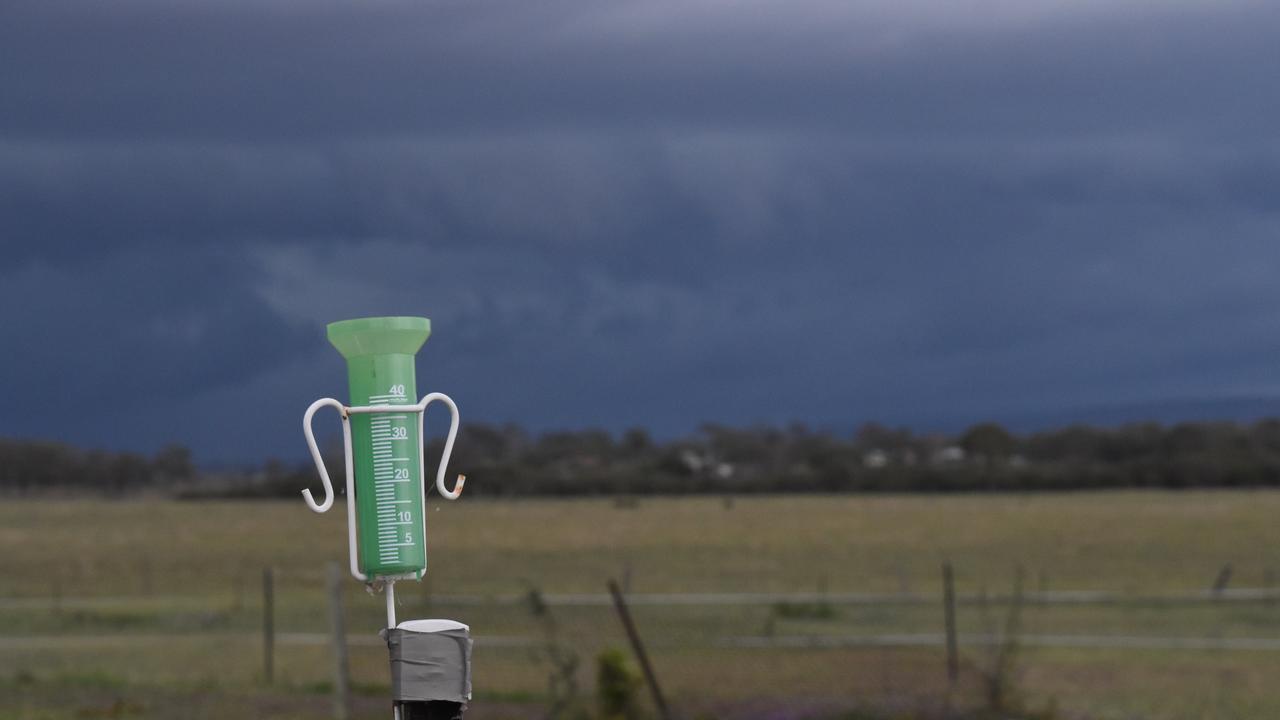El Nino is here but evolving farming practices to provide shelter
Using technology, water, animal and pasture management, and an openness to trying new crop options may help farmers through El Nino.
The Bureau of Meteorology has officially declared that major global climate drivers El Nino and a positive Indian Ocean Dipole are under way across the Pacific region.
The climate pattern will increase the chances of a hot and dry summer across most of southern and eastern Australia, with the country already enduring record-high temperatures across September.
The increasing heat has left many Victorian farmers nervous that paddocks will dry out, with one East Gippsland farmer reporting a 12 per cent drop in ground soil moisture just in the past month.
The below-average rainfall of recent months is also set to continue as both El Nino and a positive IOD draw rain away from Australia.
Currently, the driest areas across Australia, besides East Gippsland, are the northern WA wheatbelt, northern NSW and southern Queensland.
Fire authorities have urged Australians to prepare for the most significant threat of bushfire since the ‘black summer’ of 2019-20 this season, due to predicted heatwaves, decreased rainfall and high fuel loads.

Meanwhile, the National Emergency Management Agency has reported an increased likelihood that severe storms and cyclones will occur simultaneously with bushfires and heatwaves during the looming higher risk weather season that runs from October to April.
Previous El Nino events have tended to hit agriculture hard.
The 1982-83 El Nino caused widespread drought, significant agricultural losses and slowed the national economy for five years, while the 1991-92 experience led to drought that affected water supplies so heavily some Victorian farmers were forced to bathe in artesian water.
The 2002-03 El Nino caused below-average rainfall and triggered drought across much of Australia, while the 2006-07 edition saw wheat production drop nearly 60 per cent.
The 2015-16 El Nino was rated the strongest in recent history and led to widespread drought, reduced rainfall, and heatwaves and, again, severely limited cropping.
The drought conditions of 2019 were arguably the weakest of recent El Nino events.
However, ANZ head of food, beverage and agribusiness insights Michael Whitehead said the silver lining was land management practices were starting to influence how producers weathered the extreme conditions.
He said that with every return to a drier period in Australian agriculture cycles, the structure of farming had evolved.
“This includes farms continuing to consolidate and grow in size, often with at least
two generations on the farm,” he said.

“These farms are usually quite progressive in terms of their utilisation of new technology, water management techniques, animal and pasture management, and an openness to trying new crop options.”
He said that, “arguably”, the recent dip in cattle and sheep prices also signalled that farmers had “learnt from previous dry spells” by reducing stocking levels earlier to avoid reduced supplies of pasture, water and feed.
Meanwhile, the nation’s leaders in bushfire response met at Australia’s first National Bushfire Preparedness Summit this week, as preparations for a hot, dry spring and summer continue.
Minister for Emergency Management Murray Watt said since the black summer bushfires, two-thirds of Australians had been impacted by natural disaster – some more than once.
“We know that due to climate change, disasters will become increasingly frequent and intense, which is why we have taken significant steps to build our resilience and response capabilities,” he said.
“I’m confident that as a country we’re well-prepared for the conditions forecast.”




